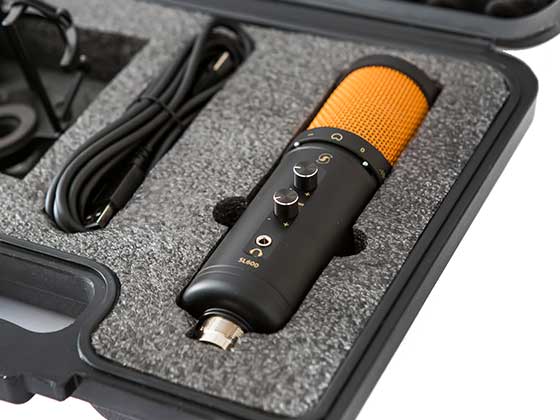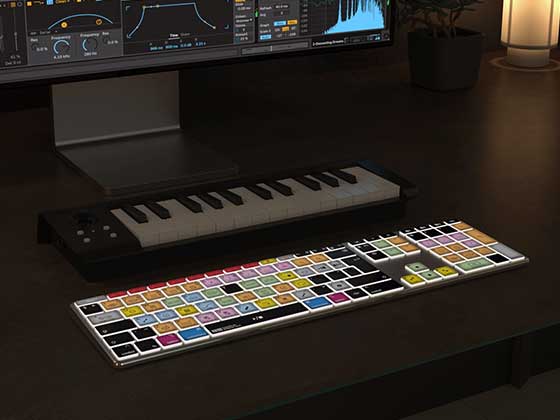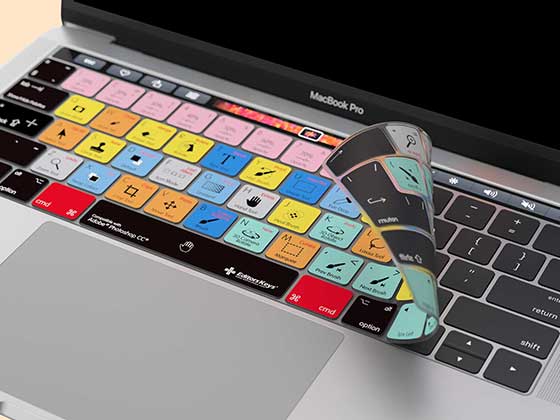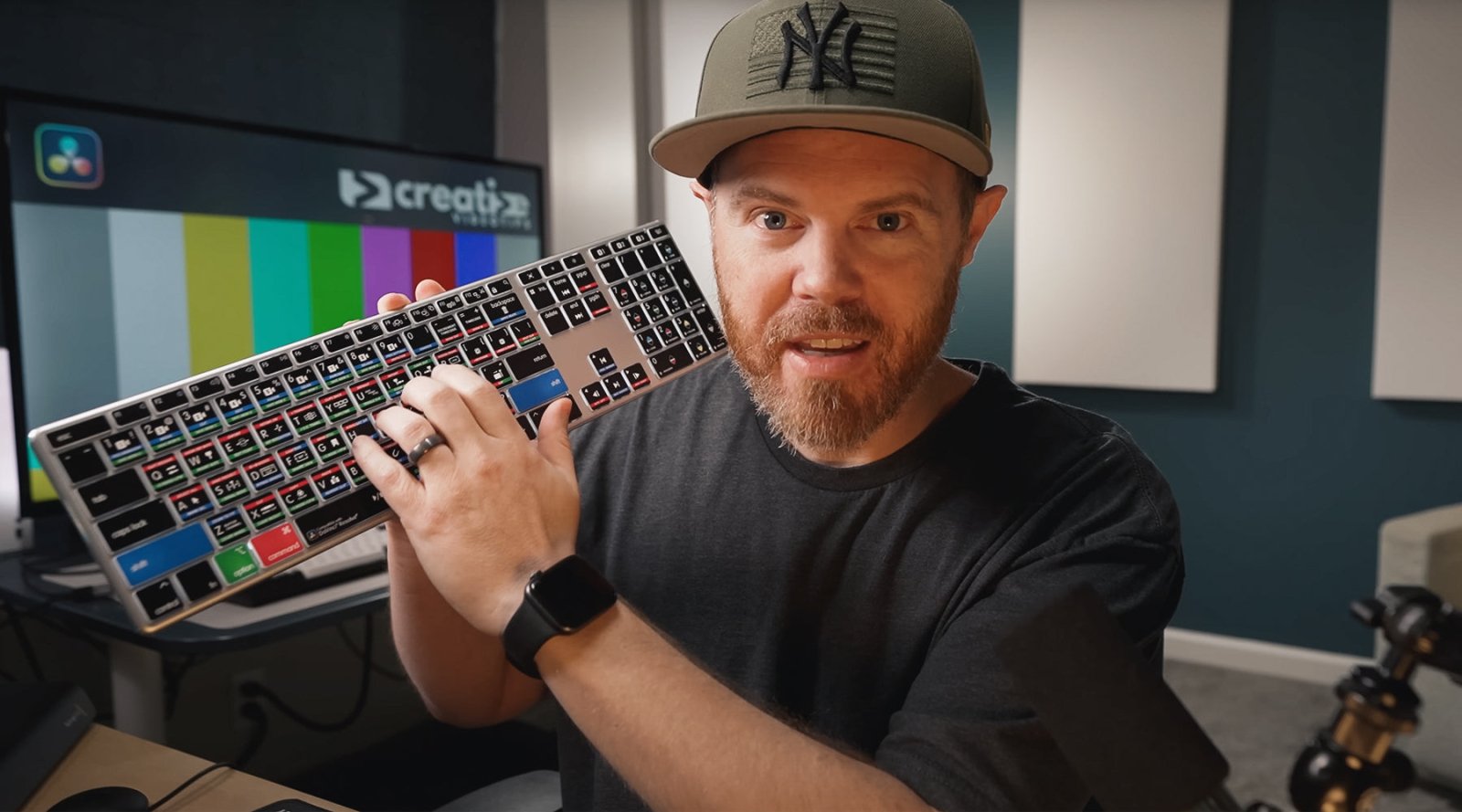Colour grading is the art of transforming raw footage into a visually captivating masterpiece, and Final Cut Pro offers a comprehensive set of tools to help you achieve this.

Whether you're a novice or an experienced editor, understanding the nuances of colour grading can dramatically elevate the quality of your videos. Here’s how you can make the most of Final Cut Pro’s colour grading features.

1. Colour Wheels
Final Cut Pro’s Colour Wheels are a powerful tool for adjusting the overall look of your footage. They allow you to fine-tune the shadows, midtones, and highlights separately, giving you control over the entire tonal range. By using the Colour Wheels, you can correct any unwanted colour casts and enhance the mood of your scenes. For instance, adding a touch of blue to the shadows can create a more cinematic feel, while warming up the highlights can evoke a sunset-like atmosphere.

2. Colour Curves
For those who need more precision, Colour Curves provide an advanced method of adjusting the luminance and individual colour channels (red, green, and blue). This tool is particularly useful for isolating and correcting specific colour ranges, allowing for more subtle and controlled adjustments. For example, if your footage has an overly dominant green tint, you can selectively reduce the green channel without affecting the other colours, leading to a more balanced and natural look.

3. Hue/Saturation Curves
The Hue/Saturation Curves in Final Cut Pro are invaluable for targeting specific colours within your footage. With this tool, you can isolate and adjust the hue, saturation, or luminance of any colour in your scene. This is perfect for making colours pop or for correcting issues like skin tones that appear too red or too yellow. By dragging points on the curve, you can desaturate the background while keeping your subject vivid, or shift hues to create a stylised look.
4. Colour Masks and Shape Masks
Masks are an essential feature when you need to apply colour corrections to specific areas of your frame. The Colour Mask allows you to select a colour range to apply adjustments, making it ideal for situations where only a portion of the image needs tweaking. Shape Masks, on the other hand, are used to isolate a specific area based on shape, like a subject’s face. These tools are perfect for refining your grade, ensuring that your corrections are only applied where they’re needed.

5. The Scopes: Waveform, Vectorscope, and Histogram
To truly master colour grading, understanding the scopes in Final Cut Pro is crucial. The Waveform monitor helps you analyse the brightness levels in your footage, ensuring your exposure is balanced. The Vectorscope shows the distribution of colours, helping you correct any colour shifts or balance issues. Lastly, the Histogram provides a visual representation of the tonal distribution, ensuring that your blacks, midtones, and highlights are correctly aligned. By regularly checking these scopes, you can achieve a more consistent and professional look.
6. LUTs (Look-Up Tables)
If you haven't already read our blog post explaining LUTs, you can check that our HERE. LUTs are a quick way to apply a specific look to your footage. Final Cut Pro allows you to import and apply LUTs, which can instantly give your video a cinematic grade or match the colour profile of different cameras. While LUTs are incredibly useful, they’re often just the starting point. You can fine-tune the results further using the aforementioned tools to ensure the LUT complements your footage perfectly.
If you're looking for some great looking LUTs to add to your footage then check out our full range of Editors Keys LUT Packs. Instantly turn your footage into cinema-worthy colour graded masterpieces. They're super easy to install and apply to your footage, and are instantly emailed to you once purchased, so no waiting around for the mailman!
7. Keyframes for Dynamic Colour Grading
For scenes that change lighting or mood, using keyframes allows for dynamic colour grading. By setting keyframes, you can gradually adjust your colour grade over time, creating a seamless transition from one look to another. This technique is particularly useful in storytelling, where the colour palette might shift to reflect changes in the narrative.
Mastering colour grading in Final Cut Pro can transform your footage from ordinary to extraordinary. By utilising these tools and techniques, you can correct imperfections, enhance the visual appeal, and convey the right mood and tone for your project. With practice, you’ll be able to craft stunning visuals that not only captivate your audience but also elevate your storytelling to new heights.










